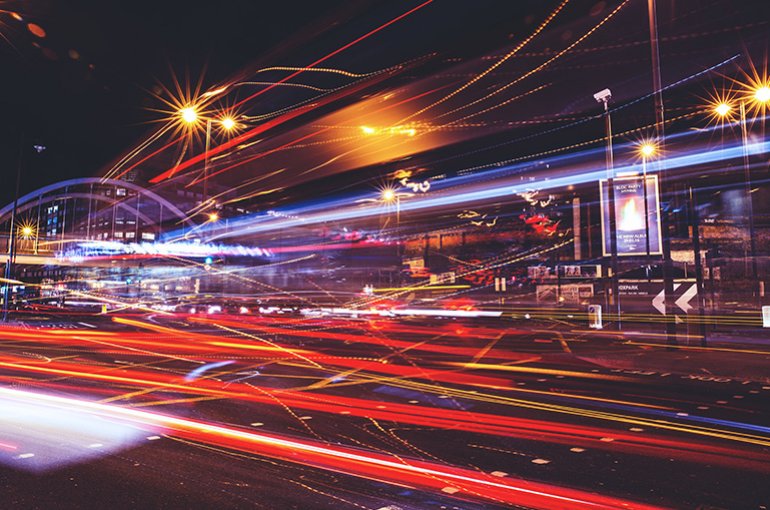Using big data for less accidents and traffic jams
NWO Commit2Data grant for new collaboration

The movements of vehicles, persons and animals are increasingly being measured and stored, thanks to technologies such as GPS. Not only the locations, but also the timing of measurements are stored so that speed of traffic participants can be determined. Analysis of such data can play an important role in solving traffic issues, including the occurrence of accidents and traffic jams. This is extremely relevant to road safety, the economy and quality of life in general. Utrecht computer science researchers Marc van Kreveld and Maarten Löffler, together with colleagues from TU Eindhoven, two companies, and a public organisation, have received a grant from NWO to get more value out of this data.
The challenge for the researchers lies in the fact that the ‘bare’ digital tracking data offers limited analytics, even when it is enriched with road data. After all, drivers see a three-dimensional environment, experience weather conditions, and are influenced by the overall flow of traffic around them. Digital traces must therefore be considered in their context. The many required data sources are also of a completely different nature: big data with a large diversity. These data may come from GPS in cars, laser scanners on cars, existing 3D models of cities, traffic cameras, digital maps, and speed and flow measurements at fixed measuring points, such as measuring loops.
Traffic information
The researchers will collaborate with three leading parties that collect and process traffic information: HERE, Fugro, and NDW (the Dutch national database of road traffic data). The project partners will work on a real-time visualisation of urban traffic flow, allowing speed and the immediate proximity of vegetation or other factors that impede the field of view to be considered together. In addition, the researchers want to detect patterns in traffic situations such as crossings and roundabouts, enabling computers to actively assist in searching for dangerous situations or changes in driving behaviour. Finally, the researchers want to improve the quality of the data, enriching it with other data sources.

